Hebrew Months Defined
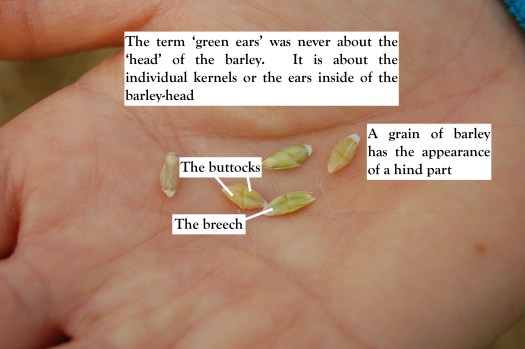
The first Hebrew month in the Bible is:
Abiyb (Aviv) אָבִֽיב
The definition for Aviv by Gesenius “green ear of corn”, Strong’s “to be tender”, Collegiate dictionary “fresh barley”. The people at insearchofhisancientpath.com have done an excellent study in the Old King James English to get a better picture. According to their conclusion (see picture above), the ear is the barley kernels and being green, fresh, or tender would mean it had just begun to develop and was not ripe for harvesting yet.
Today, the Jewish meaning of this word is simply “Spring”. Although not quite as descriptive as the green ears, it is comparable as the beginning of Spring is only the start of development of the plants.

Nisan
Nisan is later mentioned in the Bible replacing or complementing the name Abiyb as the first month. Nisan defined by Gesenius means “month of flowers.” Hebrew definitions list “to try, to attempt”. This still fits in with the above with new beginnings of the plants (see picture above).
_____________________________________________________________________________________________________
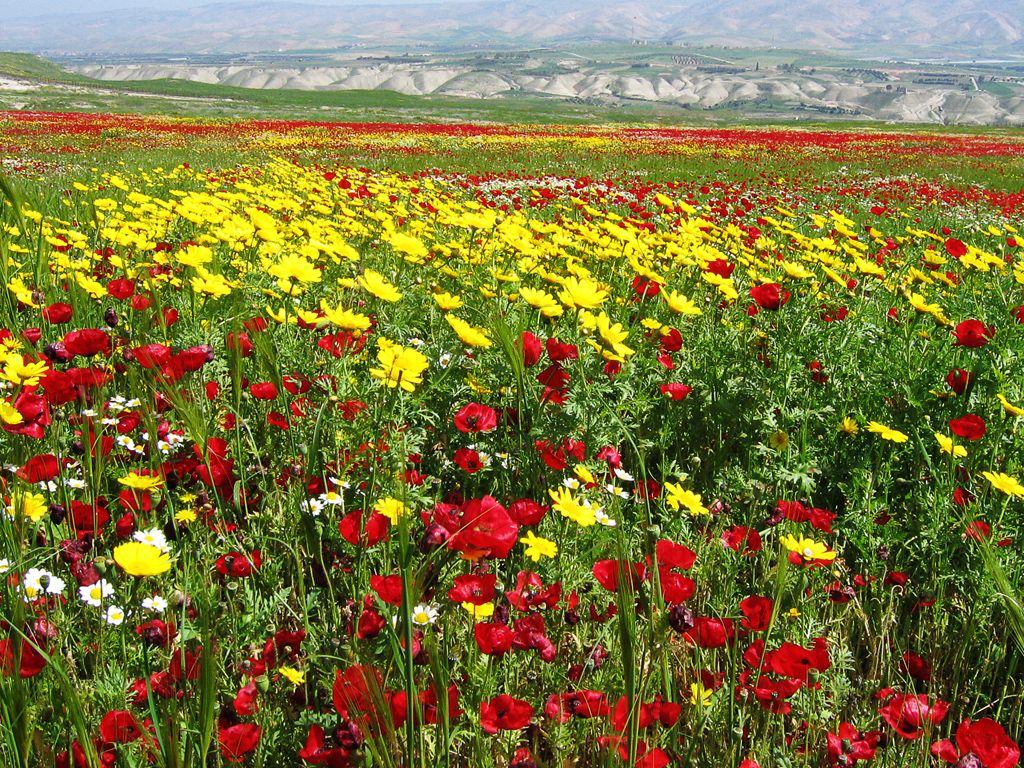
The second month in the Bible:
Ziv
Ziv is defined by Gesenius “splendour [as of flowers]”, Strong’s “properly brightness, ie., the month of flowers”. This makes sense as the remaining flowers would be blooming in this month (see above picture).
Today, this month is referred to as IYAR אייר. The Hebrew organizations associate this with healing, though Google translates it to mean “air”. Iyar (Iyyar) is not used in the Bible.
______________________________________________________________________________________________________________


The third month in the Bible:
Sivan
Sivan is defined by Gesenius “from the root to rejoice, as the month of rejoicing”. This is still how this month is seen because of the festival of Shavuoth. This festival would have aligned with the harvesting of the barley and celebrating the bounty YaHVaH had provided. In the New Testament, this is the time of Pentecost, the giving of the Holy Spirit. This is a great time for celebration.
____________________________________________________________________________________________________________
The fourth month is not mentioned by name in the Bible:
Tammuz
Tammuz is the current name for the fourth month counting Biblically, or tenth month by social/secular Hebrew calendar. According to numerous resources, this is the name of a heathen god from Syria or Babylon. One source says Hebrew women did lamentations during this month. Another says Tammuz is the god of fertility. With no mention in the Bible, there is no way to identify if any of this is correct.
Current Jewish thoughts agrees somewhat with the lamentations, as the 17th of Tammuz is a minor fast day beginning the 3 weeks of mourning over several historic events ending with the 9th of Av.
_______________________________________________________________________________________________________________
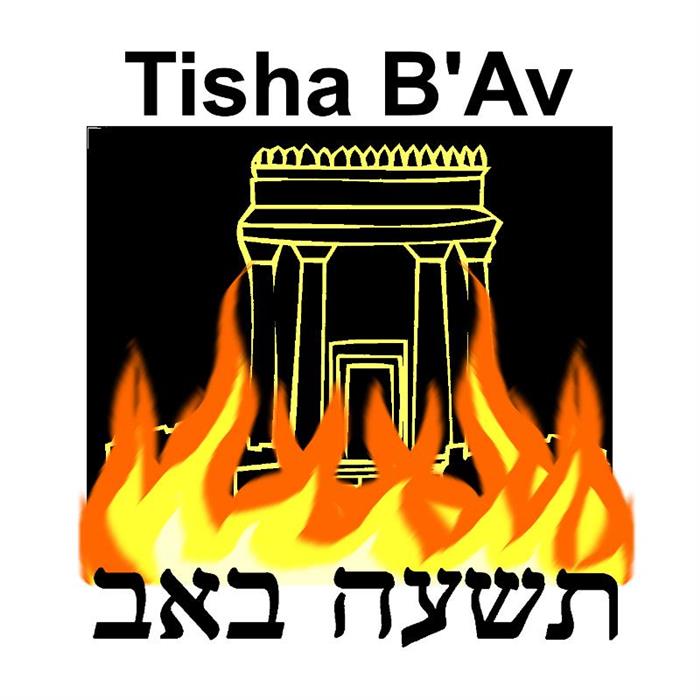
The fifth month in the Bible:
Av
The definition for Av is simply “father”. All sources agree on this. In this month, both Temples were destroyed and many other tragedies occurred. Yet our Father in heaven is there to comfort and console us.
___________________________________________________________________________________________________

The sixth month in the Bible:
Elul
Elul is defined by Gesenius “vain”, Strong’s “related word ‘nothing'”, Collegiate Dictionary “harvest time.” Google translation is “might.” Current viewing of this month though sees it as a month of MERCY, and of weddings. It is the preparation month for the next month and a lot of Jewish people practice teshuvah at this time.
______________________________________________________________________________________________________________

The seventh month in the Bible:
Eythaniym
Eythaniym is defined by Gesenius “month of perennial streams” [A perennial stream or perennial river is a stream or river which has constant stream throughout the year through parts of its stream bed during years of normal rainfall. Wikipedia] (see photo above), Strong’s “the permanent brooks”. Google defines it as “stong, solid.” In this month are 3 very important Biblical days: Yom Teruah (Day of Blowing [shofar]), Yom Kippur (Day of Atonement), and the Feast/Festival of Sukkoth (Booths). Yom Teruah is a celebration day of blowing shofars and/or trumpets all day long. It initiates the 10 days of awe where most Jews prepare for the Day of Atonement. Yom Kippur is the most Holy Fast day in the Bible, where the priest would atone for the sins of the entire nation and everyone fasted and wept, some in sackcloth. Sukkoth is the Feast or Festival if you will, that celebrates another year of seeing YaHVaH’s grace upon the peope and the Fall harvest.
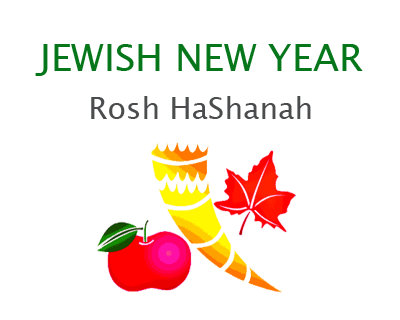
The current Jewish calendar (called social/secular on this site) changed the name of this month from Eythaniym to:
Tishri
Tishri (also called Tishrei) is not mentioned in the Bible. The current Jewish calendar uses this month to begin the Jewish New Year instead of the Biblical month of Aviv/Nisan. This month has the same 3 Holy Days since it still Eythaniym under a new name, but it changes Yom Teruah to Rosh Hashana (The New Year). The tradition of blowing the shofar and/or trumpet is still followed, but they add more to the celebration.
________________________________________________________________________________________________________________


The eighth month in the Bible is:
Bul
Bul is defined by Gesenius “rain, showers.” It is the 2nd Fall month, when all the rains come. The name fitting for the month.
Cheshvan
Cheshvan is the current name used to describe this month in the Jewish calendar. Cheshvan is the only month that does not have any holidays or special mitzvot. Google defines Cheshvan as “felt them.” How does this combine with rain? Anyway, the Jewish authorities still see it as a month of rain.
________________________________________________________________________________________________________
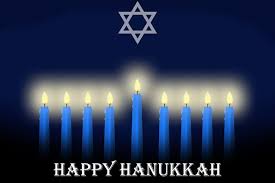
The ninth month in the Bible is:
Chislev/Kislev כִּסְלֵיו֙
Kislev (or Chislev) is the ninth month on the Jewish calendar, counting from Nisan. It is best known for the holiday of Chanukah, which begins on 25 Kislev. The message of Chanukah is the eternal power of light over darkness—good over evil. There is no information on the definition of this word, only that it is of foreign origin.
____________________________________________________________________________________________________________________

The tenth month of the Bible is:
Teveth
There seems to be no definition or translation available. However, Chabad writes, “Its name, which is mentioned in the book of Esther, was acquired in Babylonia, and shares a root with the Hebrew word tov, meaning “good.”” Because the beginning of Teveth includes the ending of Chanukkah, the implication is the triumph of Good.
__________________________________________________________________________________________________________________

The eleventh month in the Bible is:
Shevat
Shevat is defined by Gesenius “tribe (rod, sceptre, or staff)”. Google translates it as “year.” This month usually falls between ending January and beginning February, the coldest time of the year. The high point of the month is the holiday of 15 Shevat, known as the “New Year for Trees.” This is the day when the sap begins to rise in the fruit trees in Israel—the start of a new growing season. This coincides with most planting times before Spring in the horticultural realm.
____________________________________________________________________________________________________________________

The twelfth month (and thirteenth on leap years) in the Bible is:
Adar (on leap years it is Adar I and Adar II)
The definition by Gesenius “etymology is uncertain [other words seem to allude to greatness, magnificence]”, Strong’s “perhaps meaning fire”, and Collegiate Dictionary “to be dark”. Google translate it as “maple [tree].”
Chabad says:
“When Adar enters, joy increases,” the Talmud says. This reaches its climax on the 14th of the month, as we celebrate Mordechai and Esther’s triumph over the wicked Haman.








Comments are Disabled